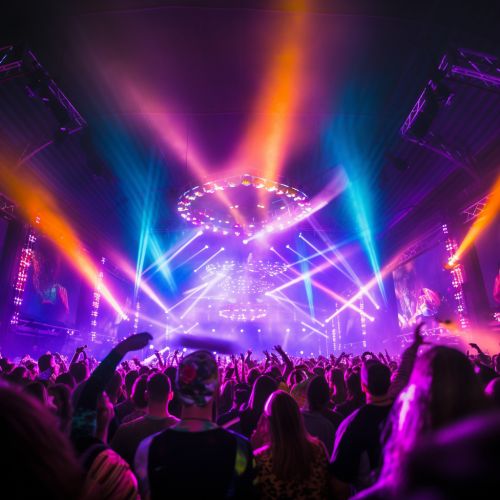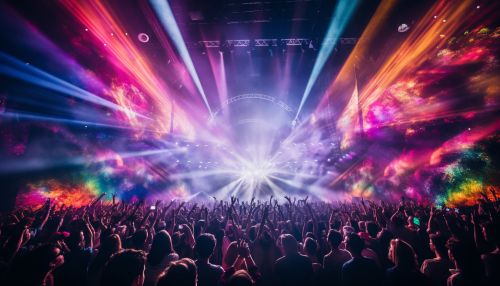Trance
Introduction
Trance is a genre of electronic music that emerged during the 1990s in Germany. It is characterized by a tempo of between 125 and 160 beats per minute, repeating melodic phrases, and a musical form that distinctly builds up and down throughout a track. Trance is a genre on its own, but also includes other sub-genres such as psychedelic trance, uplifting trance, and progressive trance.


History
The origins of trance music can be traced back to the emergence of electronic music in the 1970s and 1980s. The genre was heavily influenced by a variety of music styles, including techno, house, new-age, and classical music. The term "trance" was first used to describe this new style of music in the early 1990s in Germany.
Early Development
The development of trance music was largely influenced by the growth of the club culture in Europe. The genre was initially associated with the rave scene, but quickly evolved to become a more sophisticated form of electronic music. The early trance sound was characterized by its melodic, dreamy, and somewhat mystical nature, which was a stark contrast to the harder, more industrial sounds of techno.
Mainstream Success
Trance music gained mainstream success in the late 1990s and early 2000s. This period, often referred to as the "golden age of trance", saw the genre reach its peak in terms of popularity. Many trance artists and DJs, such as Paul Van Dyk, Armin Van Buuren, and Tiësto, achieved international fame during this time.
Characteristics
Trance music is known for its emphasis on melody, atmosphere, and emotion. It is typically characterized by a 4/4 time signature, a tempo of between 125 and 160 beats per minute, and a repetitive, hypnotic rhythm. The structure of a typical trance track involves a build-up, a breakdown, and a climax, often with a quieting period or "outro" at the end.
Melody and Harmony
Trance music is often noted for its use of repetitive melodic phrases and a central hook. The melodies are typically simple, with a limited number of notes. The harmonic progression in trance music is usually quite simple as well, often revolving around a single chord progression that repeats throughout the track.
Rhythm and Tempo
Trance music typically has a tempo of between 125 and 160 beats per minute. The rhythm is usually provided by a drum machine, and is characterized by a steady four-on-the-floor beat. The high tempo and repetitive rhythm give trance music its characteristic hypnotic and uplifting feel.
Structure
A typical trance track has a distinct structure that includes a build-up, a breakdown, and a climax. The build-up gradually introduces the melodic elements of the track, leading to the breakdown, which is a period of relative calm and often includes a melodic theme. This is followed by the climax, where all the musical elements come together in a peak of intensity.
Sub-genres
Trance music encompasses a wide range of sub-genres, each with its own distinct characteristics. Some of the most popular sub-genres include progressive trance, uplifting trance, and psychedelic trance.
Progressive Trance
Progressive trance is a sub-genre of trance music that developed in the 1990s. It is characterized by a slower tempo, complex melodic structures, and a more atmospheric sound compared to other forms of trance. Progressive trance often incorporates elements from other genres, such as house and techno.
Uplifting Trance
Uplifting trance, also known as anthem trance or epic trance, is a sub-genre that is characterized by its emotional and euphoric sound. Uplifting trance tracks often feature long build-ups and breakdowns, and a high-energy climax.
Psychedelic Trance
Psychedelic trance, often referred to as psytrance, is a sub-genre that originated in the late 1990s. Psytrance is characterized by its fast tempo, complex layered melodies, and a strong emphasis on the psychedelic atmosphere.
Impact and Influence
Trance music has had a significant impact on the global music scene. It has influenced many other genres of electronic music, and has also had a significant impact on pop music. Trance has also played a major role in the development of the global club and festival scene, with many events dedicated solely to trance music.
